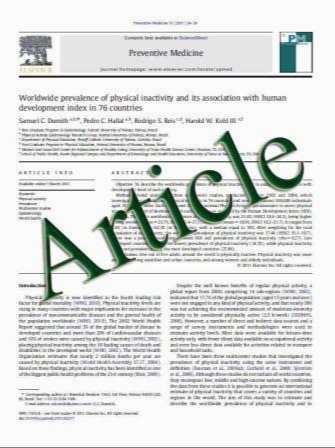Degradable dextran hydrogels: controlled release of a model protein from cylinders and microspheres
- نوع فایل : کتاب
- زبان : انگلیسی
- مؤلف : O. Franssen, L. Vandervennet, P. Roders, W.E. Hennink*
- چاپ و سال / کشور: 1999
Description
The preparation of protein-loaded degradable hydroxyethyl methacrylated dextran (dex-HEMA) hydrogels, cylindrical macroscopic gels as well as microspheres, is described. The hydrogels were degradable under physiological conditions (pH 7.0 and 378C), due to the presence of hydrolytically sensitive carbonate esters in the crosslinks of the gels. The degradation of dex-HEMA hydrogels was studied by swelling measurements and the release of dextran from the matrices. The hydrogels showed a progressive swelling in time, followed by a dissolution phase. The total degradation time ranged from 25 to more than 80 days and depended on the initial water content of the gels and the degree of substitution (DS) of dex-HEMA. IgG-loaded dex-HEMA microspheres (volume mean diameter of about 10 mm) were prepared with a high encapsulation efficiency (83–100%). Furthermore, it was possible to entrap more than 90% of the protein in both dex-HEMA microspheres and macroscopic hydrogels. Therefore, it was possible to obtain a completely degradation-controlled protein release. For degrading macroscopic dex-HEMA hydrogels as well as microspheres, a biphasic release of IgG was observed. The release was always faster during the second phase than during the first phase. Microspheres with an initial water content of 60% (w/w) had a significant release of 25–40% of the encapsulated IgG during the first phase. For microspheres with a water content of 50% (w/w), the released amount of protein during the first phase was marginal (less than 15%), resulting in delayed release profiles. The delay time increased with increasing crosslink density (determined by the DS and the water content) of the gels (longer degradation time) and decreasing pH of the incubation buffer (decreasing degradation rate). In addition, the delay time was considerably shorter (5–15 days) for dex-HEMA microspheres than for macroscopic hydrogels (10–37 days), due to a higher surface-to-volume ratio for the microspheres. This paper shows that the release of IgG from dex-HEMA hydrogels can be modulated by the composition (water content and DS) and the geometry of the gel (microspheres versus macroscopic gels).
Journal of Controlled Release 60 (1999) 211–221 Received 9 November 1998; accepted 2 March 1999


